I found this manuscript from the late John Grams in our manuscript files. There was no date on the envelope but it’s likely from the early 1990s. The article discusses 12 Lionel products that, while great inventions, were fraught with problems or didn’t work exactly as advertised. He included the following disclaimer:
“Lionel trains were sold as toys. They were fun, fairly reliable, and expensive playthings, manufactured with no thought beyond that purpose. They were not supposed to be precision scale models. That was an entirely different thing. While they were durably constructed, the trains were not intended to outlast the interest span of their young owners. No one considered them to be objects of popular art or future collectibles.
The toy business has always been a fickle one, trendy and highly competitive. J. L. Cowen not only had fine quality imports to worry about as he built his business, the domestic competition from Ives, American Flyer, and Marx must have contributed significantly to his stress. While Lionel was eventually able to absorb Ives and Flyer, Marx was still there gobbling up the low price, high volume end of the market.
The trains were not designed and produced by Santa’s helpers at the North Pole, but by flesh and blood human beings on an assembly line in New Jersey. Mistakes happened. Flaws and defects were sometimes overlooked.”
I will be sharing these items over the next few weeks. I hope you enjoy them. –Rene Schweitzer, Editor of Classic Toy Trains
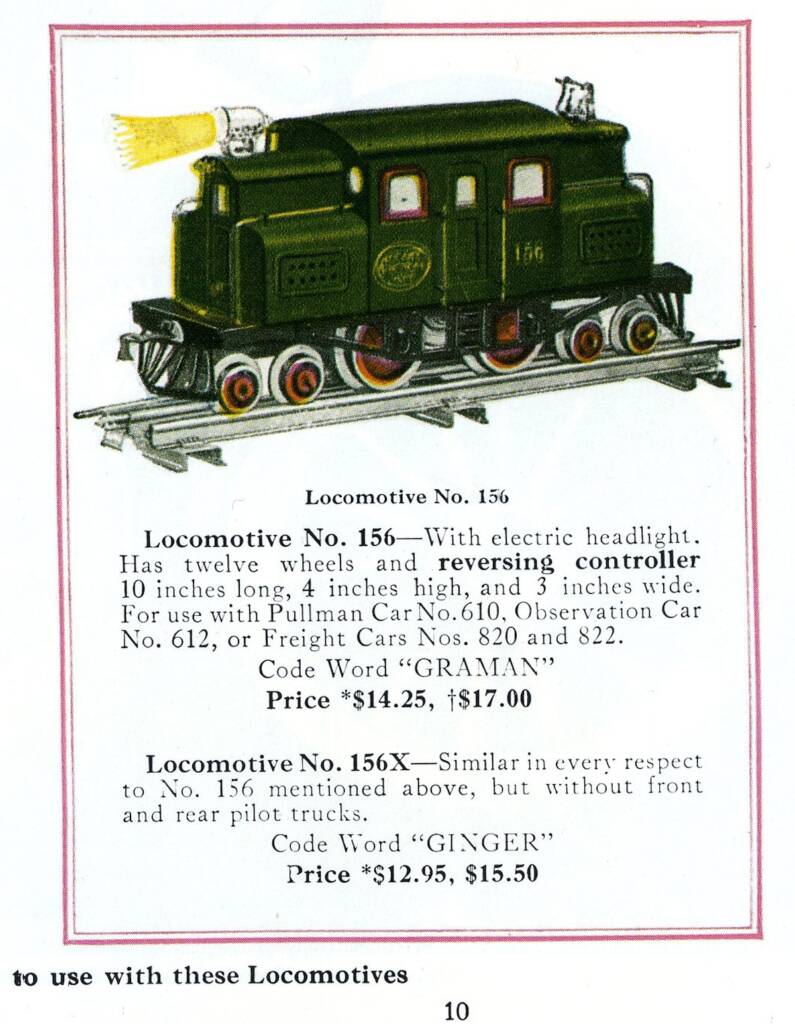
Lionel’s prewar No. 703/156 4-4-4 electric locomotives
The Nos. 703 and 156 locomotives were essentially the same; only the numbers and colors were different. First produced in 1915, the 703 was among the first O gauge engines Lionel offered, cataloged from 1917 to 1923. These engines represented an age of solid, simple, no-frills trains, with manual reverse, hook couplers and no added gadgetry. What could possibly go wrong?
Their pilot trucks were known to jump the track often, showering sparks and blowing fuses. (This was before circuit breakers were in common use.) Lionel’s experiments with additional weight and heavier cast wheels didn’t really remedy the problem.
So many young engineers found that their locomotives worked better if they removed the offending trucks, that Lionel actually produced them that way, without the trucks, for the last two years. Number 156-X, an 0-4-0 made in 1923 and 1924 looked strange, but it was functional.







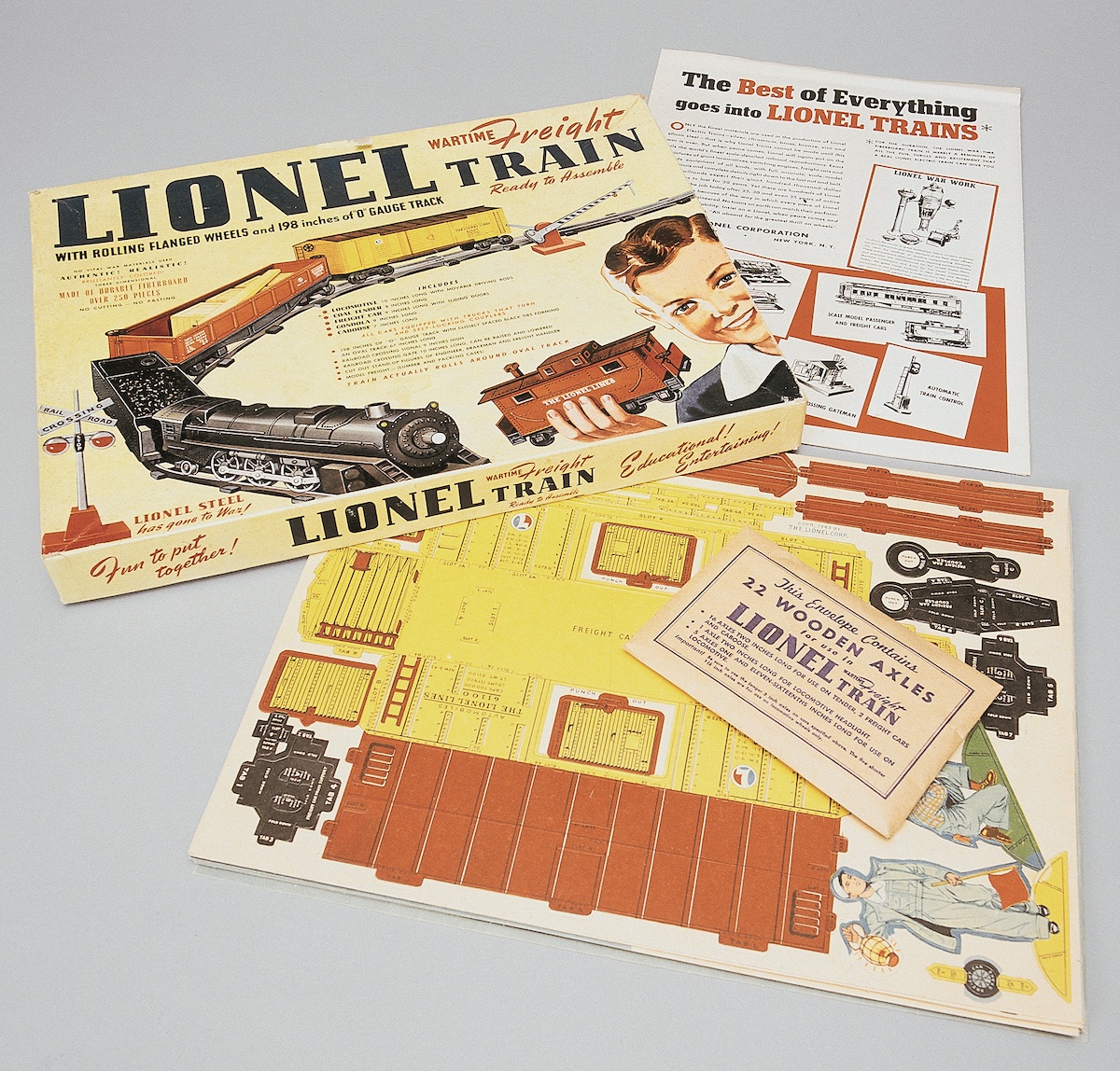
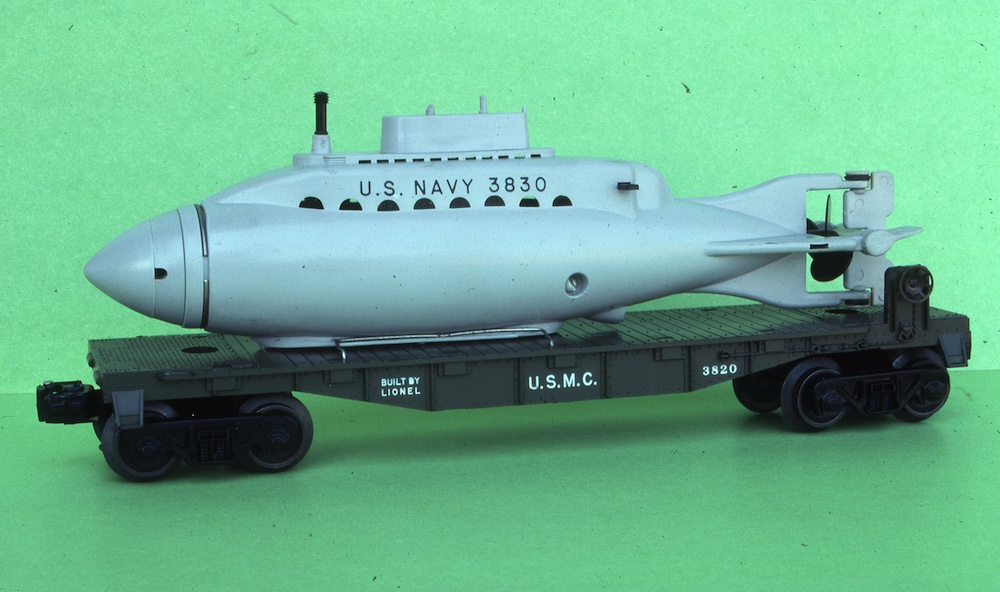
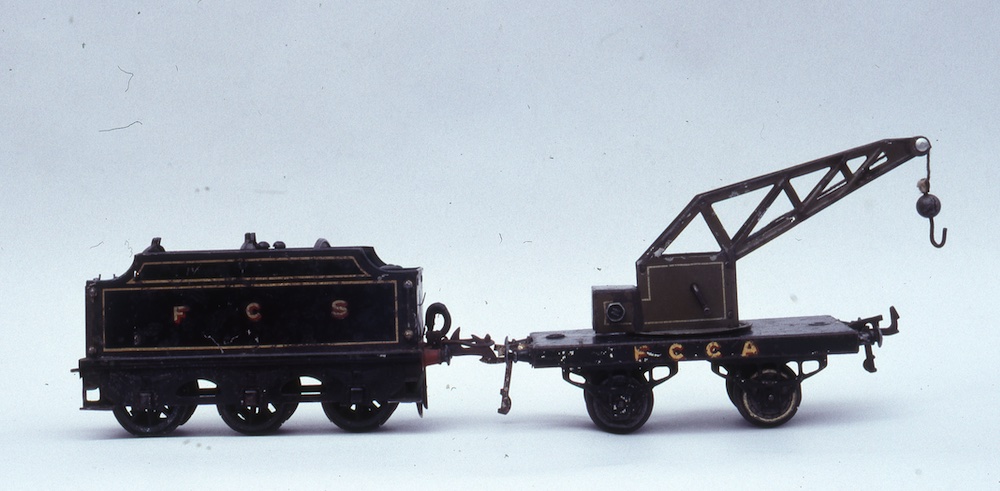
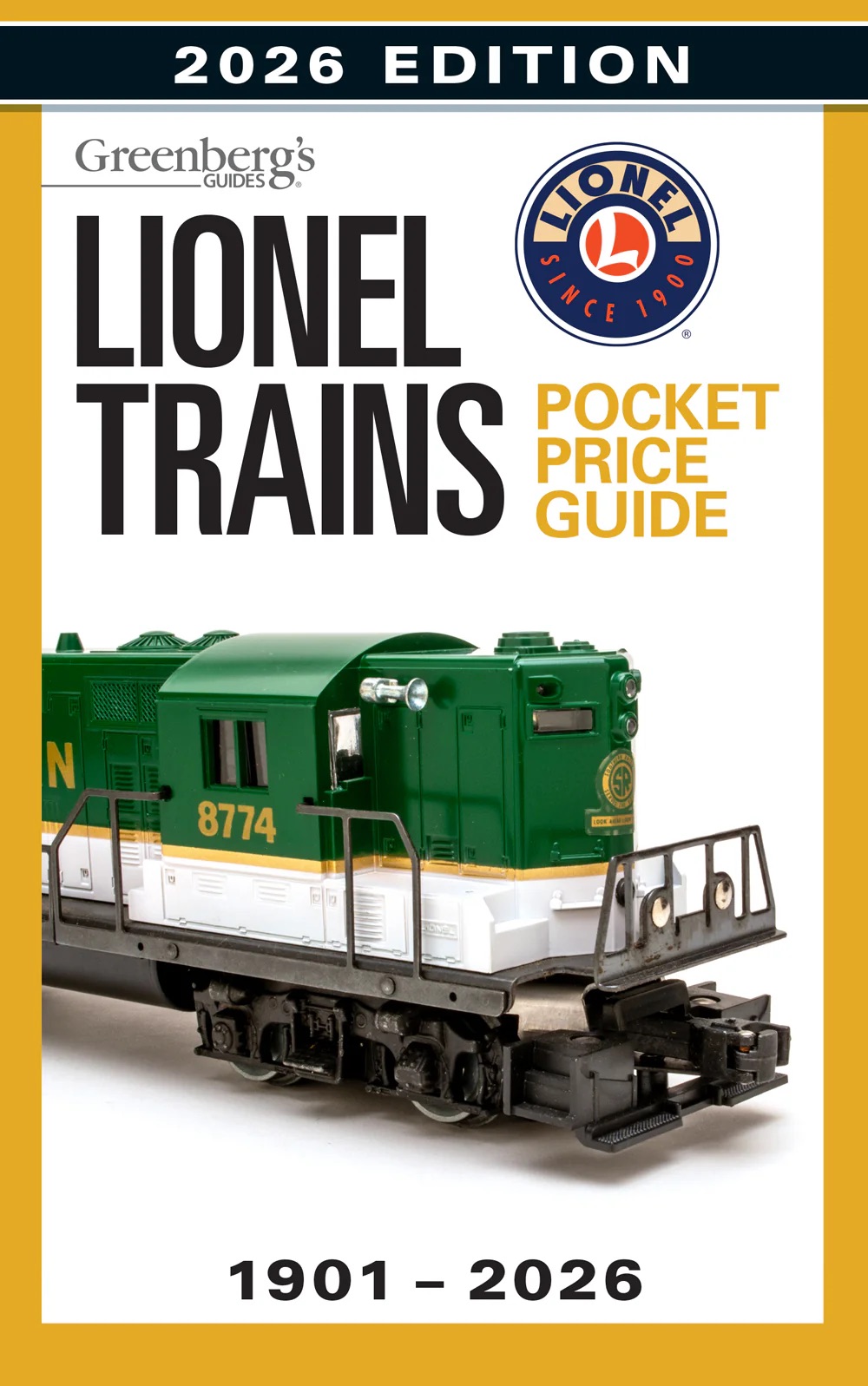

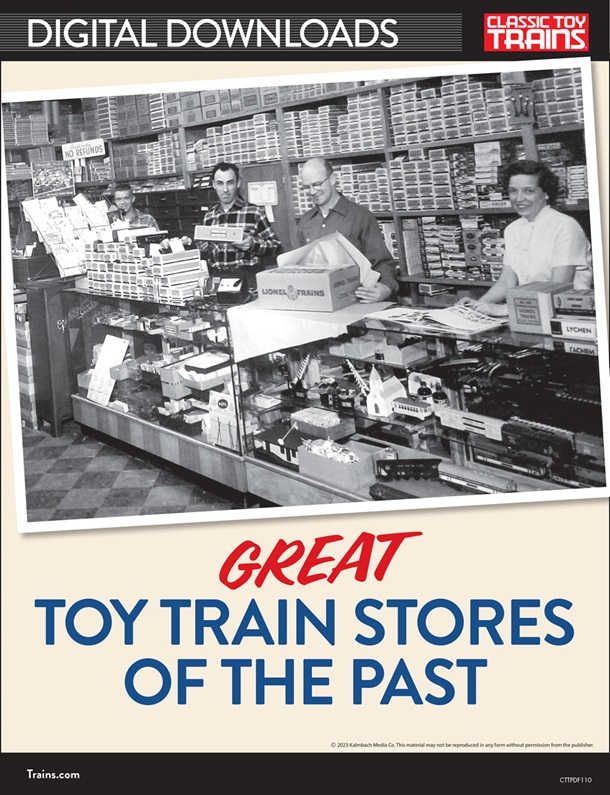

For more information about the Lionel 156 restoration please see my article in the CTT February 2018
Robert Rello